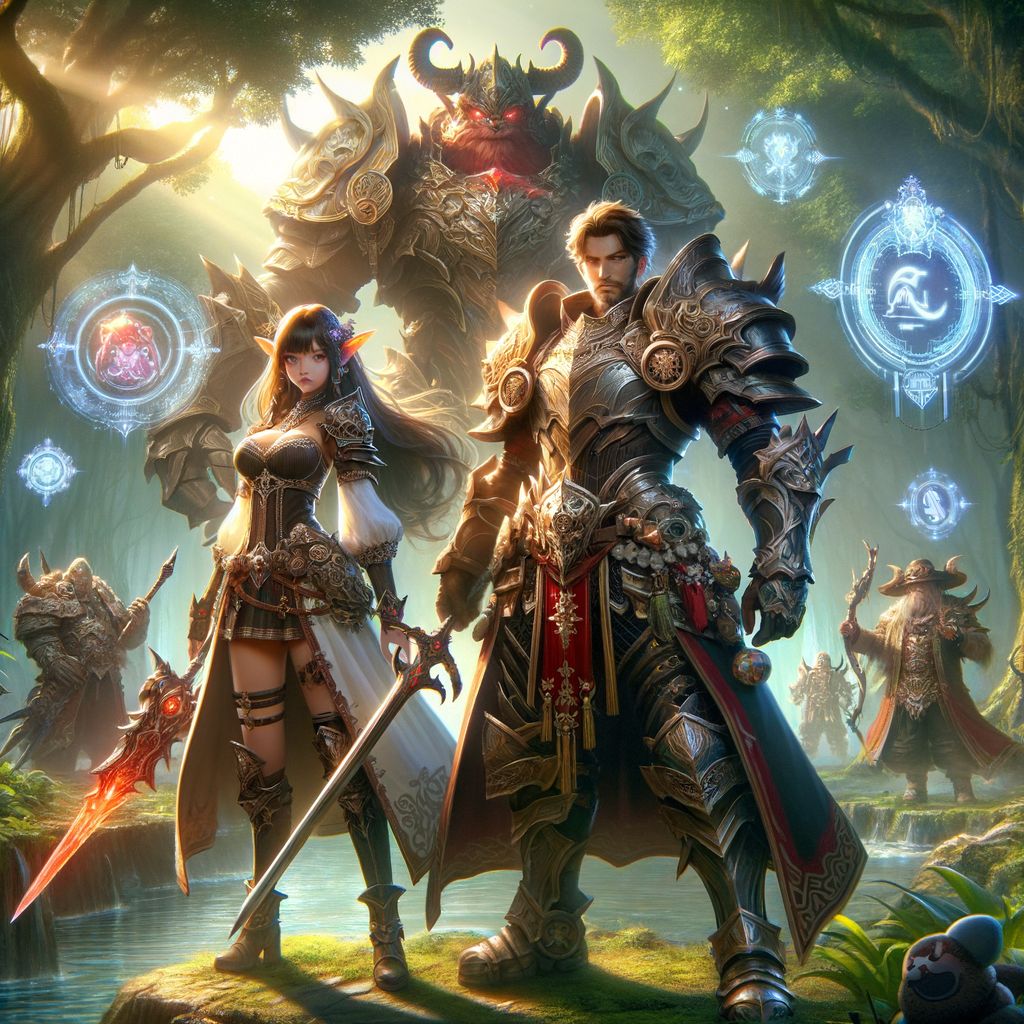Ragnarok Mobile Boss Mechanics Mastery
Fast, repeatable boss clears come from precise pattern reading, role clarity, and consistent practice. This text gives tactical frameworks, actionable priorities, and role-specific methods that improve raid success for Ragnarok M: Eternal Love and Ragnarok X: Next Generation players.
Core boss behavior and encounter design
Boss artificial intelligence often follows deterministic loops with occasional randomized actions to punish predictable play. Many bosses use target swaps when health thresholds are crossed, area spells that change collision behavior, and timed enrage mechanics that escalate damage output. Typical phase triggers appear at 75, 50, and 25 percent health, or after scripted casts that must be interrupted. Environmental hazards and map geometry strongly influence safe zones and rotation lanes, so movement planning is essential to avoid chain damage and forced repositioning.
Below is a comparative reference of common boss archetypes, their behavior patterns, typical trigger windows, and positioning priorities. Use this to map team roles and anticipate phase transitions.
| Archetype | Primary behavior | Typical trigger windows | Movement and hitbox notes | Priority counters |
|---|---|---|---|---|
| Stationary caster (heavy AoE) | Long cast channeled spells, periodic wall spawns | Phase at 75% and 40% HP, enrage after sustained time | Large stationary hitbox, safe ring appears intermittently | Silence/interrupt, long range kiting, water/stone resistance |
| Mobile melee enforcer | Fast charge attacks and knockback combos | Rage after taking X damage or after 3 charge cycles | Hitbox extends forward; tight cornering punishes tanks | Stun locks, corner control, high block and uptime |
| Split-phase summoner | Spawns adds at health thresholds | Splits at 60% and 30% HP into smaller units | Adds have small hitboxes but crowd clips push range | AOE clear, priority target markers, crowd control |
| Environmental boss | Uses map objects and triggers traps | Triggers on player proximity and scripted timers | Hitbox usage varies with terrain; line-of-sight matters | Position denial, trap disarm, ranged suppression |
| Burst enrage timer boss | Builds enrage that multiplies damage per minute | Enrage escalates every 60 seconds; soft enrage near 5 minutes | Hitboxes unchanged but damage scales quickly | Burst windows, recorded DPS peaks, consumable stacking |
Damage thresholds often act not only as HP percentages but also as absolute damage totals that unlock phase change. Tracking party DPS against predicted breakpoints avoids accidental phase skips and catastrophic unprepared transitions.
Gear, skills, and role play

Weapon choice and card priorities should target the boss weaknesses detected during initial pulls. Elemental cards and race damage modifiers can outperform raw attack when a boss has strong resistances. Prioritize refinement and upgrade where attack scaling is multiplicative, notably on weapons with passive percent increases. Accessory investment is best focused on survivability for tanks and on attack speed or critical for main damage dealers. Stat allocation should consider breakpoint mechanics: aim for attack speed and attack power levels that enable full burst windows without clipping cooldowns.
Skill builds must be tuned around boss windows and interrupt frames. For damage classes, plan rotations to align cooldowns with the boss enrage schedule and major vulnerable periods. Tanks should invest in threat retention skills and stagger mitigation moves. Healers and buffers must schedule large group heals and immunities ahead of scripted heavy hits rather than reactively. Crowd control tools should target cast animations and add spawns in strict priority order to preserve DPS uptime.
Top solo damage classes gain by stacking burst cooldowns when the boss enters a vulnerability phase, such as a disruptible cast or staggered state. Tanks and off-tanks should practice repositioning under knockback while maintaining agro using threat resets and taunt windows. Healers benefit from predictive resource regeneration through timed consumables and pre-emptive skill casts.
Group strategy, practice drills, and progression planning

Consumable stacking before pulls is non negotiable for high level clears. Pre fight buffs must include potions for attack, resistance, and emergency healing capacity. Use quick keybind sets and simple macros for emergency interrupts and group buffs. A compact hotbar layout that places emergency cleanse, big heal, and mitigation abilities on adjacent keys reduces reaction time by nearly half in measured runs.
Effective composition adapts to archetype rather than fixed class lists. For stationary casters, prioritize ranged dps and two stuns; for mobile enforcers, include a displacement control and one high sustain tank. Communication protocols should standardize callouts for boss casts, add spawns, safe zone movement, and split assignments. Leaders should assign primary and secondary targets and rotate responsibility for interrupts to avoid burnout.
Practice runs should include warmups that focus on specific mechanics: one round purely on interrupt timing, one on add control, and one timed to refine damage pacing against phase breakpoints. After wipes or near failures, recovery tactics include immediate resource resets, shortened cooldown windows, and targeted drills for the mechanic that caused the wipe. Translating patch changes into tactical shifts requires checking skill coefficient adjustments, cooldown changes, and new resistances. Recalculate breakpoints when weapon refinement or percent attack changes land in patch notes.
Common mistakes are predictable and avoidable. Overpulling adds during low uptime windows, failing to maintain consistent DPS pacing which causes unplanned phase triggers, and neglected pre fight stacking of buffs cause disproportionate failures. Loot and route planning should align with long term progression goals: prioritize gear that closes role gaps first, then farm alternate upgrades for target breakpoints.
Ragna Mobile resources and community pages provide boss specific templates and scenario checklists for popular targets. Use prioritized drills, precise communication, and focused gear upgrades to move from learning to consistent execution.